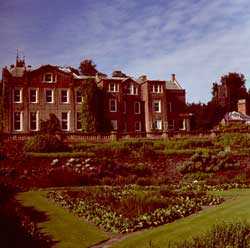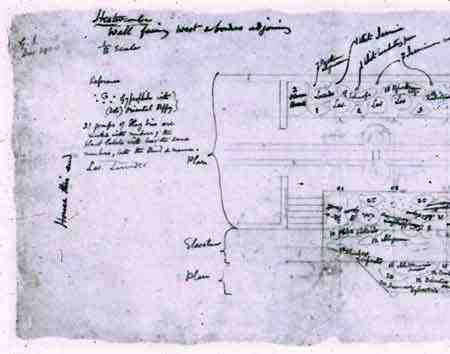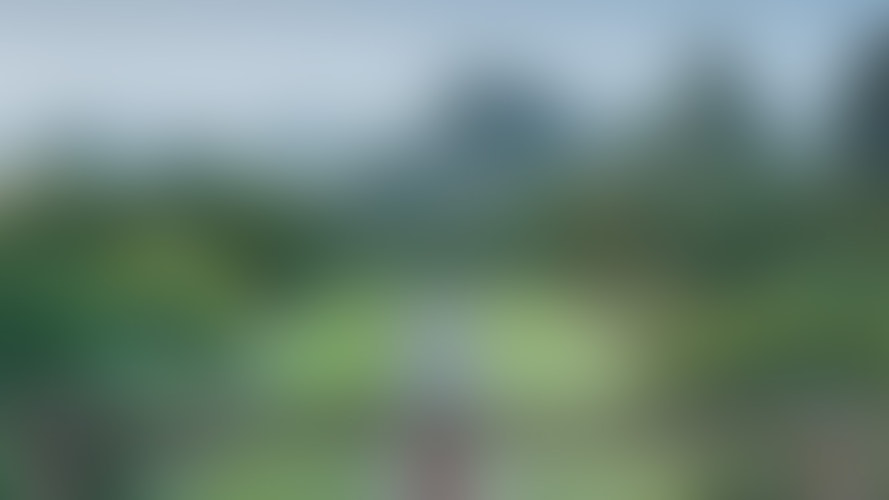It was during a chance meeting while waiting to collect their children from a birthday party that Bil and Len began to talk about Hestercombe and how it could be brought back to life.
Their discussions were based around the existence of what have become known as the ‘potting shed plans', a number of Jekyll's original planting plans which appear to have been part of the gardeners' set.
These came to light in the late 1960s, when they were handed to Len Bullion by Andy Thomas, estate gardener to the Portmans from the 1920s to the early 1950s, who still lived on the Hestercombe estate. It is possible that Mr Thomas came across them in the potting shed, where they had lain unnoticed for years, or that he had in fact removed them from the shed and taken them home for safe-keeping when he left the Portmans' service in 1953.

The house, Grey Walk and Plat in 1979
The plans, which were pinned and glued to wooden boards, were taken to the Somerset Record Office in 1971. Conservator John Adams and his assistant Mervyn Richens detached the plans from their wooden backing and mounted them in a folder that was returned to Len Bullion.
These plans were subsequently supplemented in mid-1974 by copies of other original Jekyll plans from the College of Environmental Design Documents Collection (now the Environmental Design Archives) at the University of California, Berkeley, which had been deposited at the Somerset Records Office.
The plans had been part of a batch sold in aid of the Red Cross in 1943 and bought by American landscape architect, Beatrix Farrand. They are in a rougher hand than the gardener's plans, and notes in the margins suggest they may have been the set intended for Miss Jekyll's plant suppliers.

Detail from Jekyll plan for the East Rill
